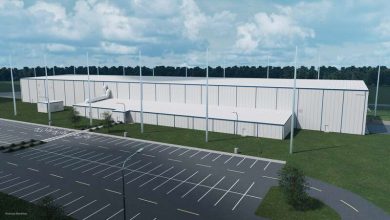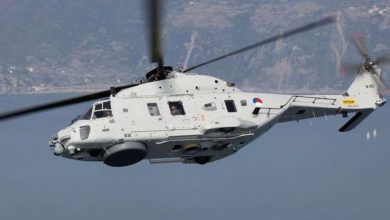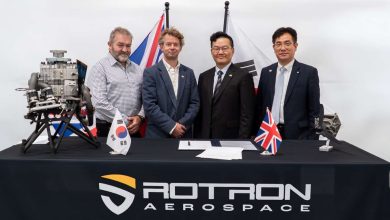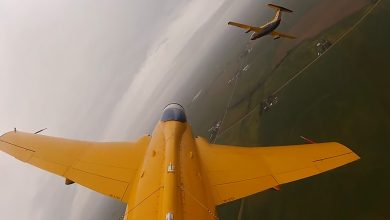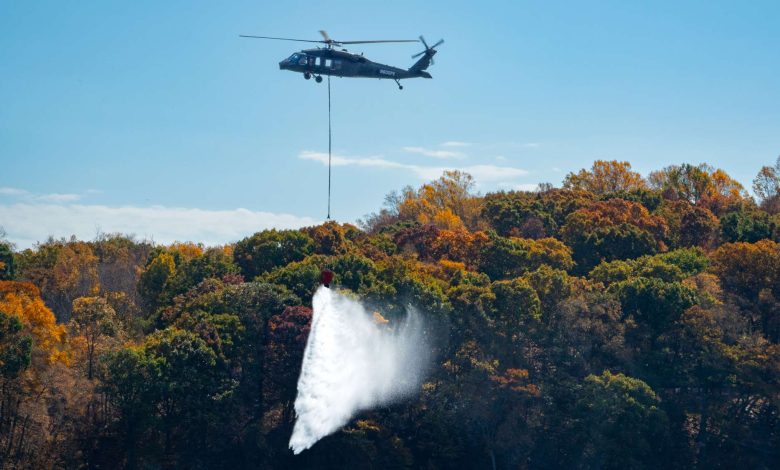
“Transforming Wildfire Response: Sikorsky and Rain Unveil Game-Changing Autonomous Detection and Suppression Technology”
Sikorsky, a division of Lockheed Martin, and Rain, a trailblazer in self-directed aerial wildfire suppression technologies, successfully demonstrated how an autonomous Black Hawk® helicopter can be directed to elevate, identify the position and scale of a minor fire, and then accurately discharge water to extinguish the flames.
Held on Oct. 29 at Sikorsky’s headquarters in Stratford, the Rapid Wildfire Response Demonstration displayed the efficient integration of Sikorsky’s MATRIX™ flight autonomy with Rain’s wildfire intervention autonomy system to extinguish an emerging fire.
Representatives from NASA, the Federal Emergency Management Agency (FEMA), the Defense Advanced Research Projects Agency (DARPA), the Los Angeles County Fire Department, the Orange County Fire Authority, and the philanthropic as well as impact investment sectors witnessed the demonstration as a part of a two-day wildlands firefighting convention to discuss autonomy.
“Government agencies, aerial firefighting organizations, and investors are coming together to comprehend and observe how both flight and mission autonomy can assist in averting massive, high-intensity wildfires covering millions of acres,” remarked Maxwell Brodie, CEO of Rain. “Wildfires lead to expenses surpassing $390 billion yearly for the United States, with various risk factors anticipated to escalate by as much as 30% by 2030. We are excited to demonstrate to policymakers how autonomous aircraft can prevent fires from igniting or persist in suppressing them overnight, even in challenging, smoky conditions where manned aircraft might hesitate.”
During the 30-minute airborne demonstration, attendees utilized a tablet to direct the Black Hawk helicopter to ascend, pinpoint the fire, and subsequently release water from a Bambi Bucket hanging 60 feet below the aircraft. Each of the three subsequent water drops extinguished a 12-inch diameter propane-fueled fire ring producing a flame of 3-to-6 inches, illustrating Rain’s precise fire detection and targeting abilities. The Rain system also quickly adjusted the flight path to compensate for an 8-to-10-knot crosswind during every water drop.
Sikorsky safety pilots in the Black Hawk cockpit supervised the flight operations, remaining hands-off until the aircraft began its descent.
“With Rain’s wildfire mission software installed on the aircraft and a tablet, wildland firefighters on the scene could deploy autonomous Black Hawk or Firehawk® helicopters to detect and engage wildfires before they escalate,” said Igor Cherepinsky, director of Sikorsky Innovations’ rapid development/prototyping division. “After collaborating extensively for over a year, our two companies are ready to showcase the unified capability under more dynamic circumstances chosen by firefighters.”
Those present during the demonstration provided real-time feedback and insights to the Rain and Sikorsky teams.
“This innovation that we once imagined as a remote possibility is now a tangible reality, no longer just a fantasy,” stated Genevieve Biggs, director of the Gordon and Betty Moore Foundation’s Wildfire Resilience Initiative and Special Projects program. “It’s exhilarating to witness this incredible machine, and to consider the safety advancements that become achievable when integrating autonomous operations into wildland firefighting, as Rain and Sikorsky have accomplished together.”



